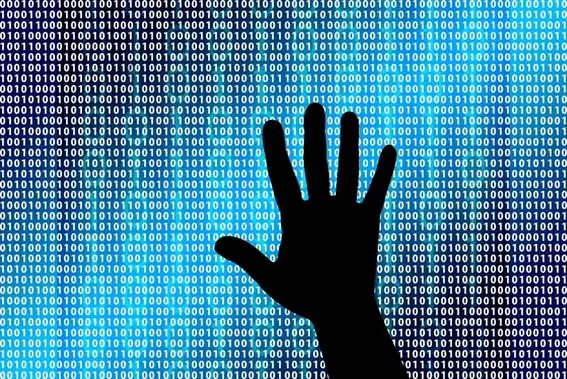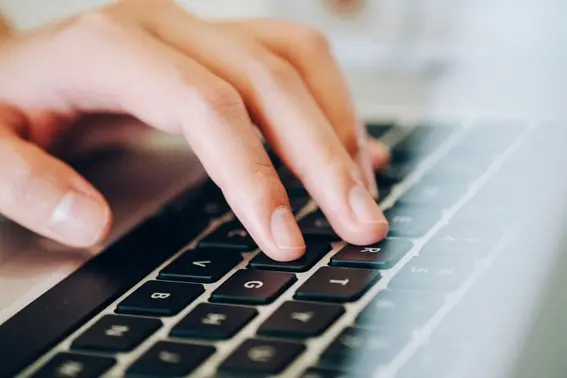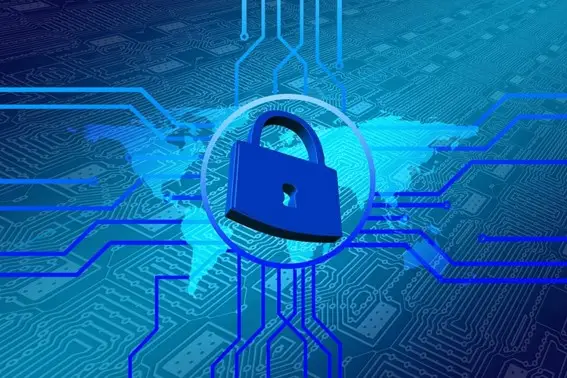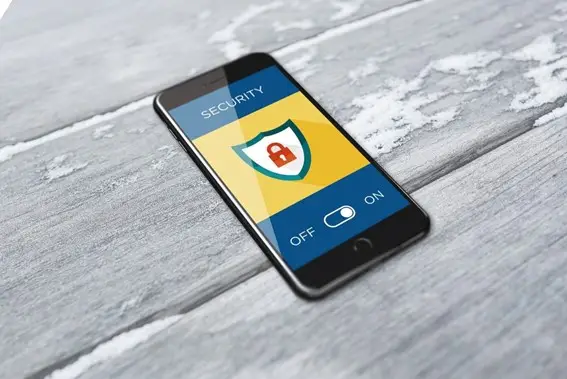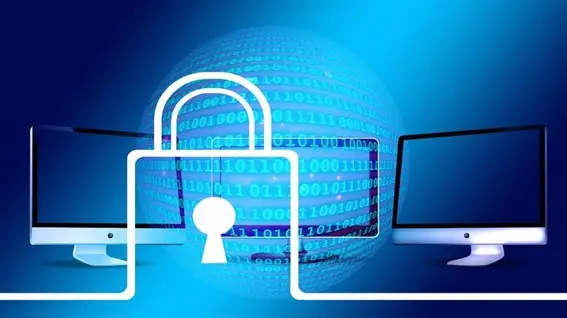focus notes


Is your computer infected with malware? Explaining methods for disinfection and reinfection prevention
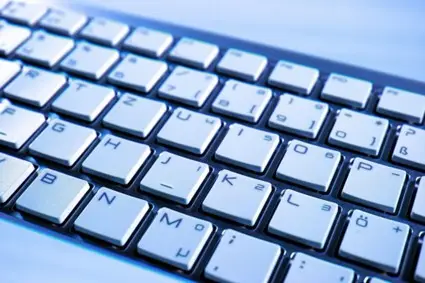
table of contents
"My computer is running abnormally slow." "I'm receiving emails I don't recognize, and my file usage history is messed up."If you have symptoms such asYour computer may be infected with malwarethere is. If you notice a malware infection, you need to remove it as soon as possible before it spreads, and take measures to prevent reinfection. In this article, we will explain the process of removing malware and how to prevent infection.
What is malware?
What is malware?Abbreviation for "Malicious Software"This is a general term for software or code that has a negative impact on our computers.
Malware isUses vulnerabilities and information in security systems to infiltrate and conduct unauthorized and harmful attacks..In this chapter, we will look at the infection route and what effects occur when infected.
Malware infection route
Malware can be infected through a variety of routes, including email, the web, shared files, and external hard drives .
Files containing malware exist on these vectors, and when the files are opened, they become infected . In addition, if the malware is self-propagating, it will propagate by moving between files on the infected computer.
What happens if you get infected with malware?
Once infected, malwareDestroy computer files, compress data capacity, or steal user information.To do. As a result, damage can occur, such as unintended operation, startup failure, and fraudulent credit card use.
The severity of the damage varies, and the symptoms may be so mild that you may not notice them. However,If the infection is left untreated, it may lead to a serious situation, so we recommend that you have a system in place to check for malware infections and remove them.
How to remove infected malware
In the previous chapter, we explained the infection route of malware and the problems that occur during infection.
Then, if you actually experience symptoms such as ``my computer is running abnormally slow,'' ``I'm receiving emails I don't recognize, or my file usage history is out of order,''What should I do if I notice a malware infection?
In this chapter,Basic malware removal processexplain.
*As a premise,If your organization's computers are infected with malware, you need to take action according to your system administrator's or company's policies.Not only to prevent the damage from spreading,It is also important for smooth follow-up responses such as cause investigation and impact investigation.Therefore, be sure to check the arrangements with your organization in advance.
Malware removal process
1.Disconnecting from the Internet
To best prevent malware from entering your computer, you should keep your computer away from the source of the infection.Unplug the network cable, turn off Wi-FiDo something like this and disconnect from the internet.
2.Contact system administrator
If the infected computer is for a company,Contact system administratorand follow the instructions .
3.Disinfection and isolation using security software
Use your security software to scan for malware and remove detected items. Security software can be commercially available software or a program included in the operating system.
within the operating systemHow to use the programThis varies depending on the type and version of the operating system, soRefer to various sitesPlease try it.
Four.Check with antivirus software manufacturer
There is a possibility of infection on the antivirus software manufacturer's homepage.Search for malware nameThen, follow the instructions there.
Measures to prevent being infected with malware again
If you are infected with malware, the damage may spread not only to you but also to those around you. In this chapter, we will introduce countermeasures that you can take on a daily basis to avoid being infected with malware again and to prevent malware infection in the first place.
Keep your software up to date
Malware uses system vulnerabilities to gain entry into your computer.Computers have an operating system (OS), and the older this system becomes, the easier it is for malware to infect it.
The latest operating systems have the highest level of security at the time.When you receive a software update notification, be sure to respond as soon as possible.
Install security software
Security software has functions that prevent malware from entering, issue a warning in the event of an intrusion, and remove it. If you install it, you will be safe in case of infection, butYou need to be careful where you download it from.
Depending on the type of malware, there are malicious programs that claim to be security software.Is the software creator reliable?, choose carefully.
Use a secure password
There are several points to consider when creating a password with high security.First, make the string longer.It is said that the longer the password, the stronger it is.
Next, make it complicated. Include letters, punctuation, symbols, and numbers in your password.Also, it seems that the content that uses the entire keyboard becomes more complex.
Finally, don't include common words or personal information.Avoid using personal information such as the user's name, date of birth, driver's license number, passport number, etc. as it can be easily guessed.
Also, in operation,Do not share your password with anyone, do not use it for multiple accounts, and update it regularly.Please pay attention to the following points.
Firewall is always enabled
A firewall acts as a security guard between your computer and the Internet. Check to see if this feature is turned off.
Be careful when using external hard disks and external files
When importing an external hard disk such as a USB, CD, or DVD to your computer,Check if you remember the owner and contentsplease try.
It is safer to avoid opening unknown disks. Furthermore, when importing a hard disk,Use the virus scan functionThen you can check it in detail.
Know the characteristics of malware and take appropriate measures

How was it? Malware that has various negative effects on our computers. By knowing the route of infection and the problems it causes, we can deepen our understanding of countermeasures.If you feel that something is wrong with the computer you are using, it is important to take appropriate measures as soon as possible.Also, keep your software updated and install security software.Thoroughly implement measures you can take on a daily basisand prevent malware infection.
[Reference site]
・“Malware threats and countermeasures” │JNSA
・Create and use strong passwords | Microsoft
Achievements left behind
48 years since its establishment.
We have a proven track record because we have focused on what is important.
It has a long track record in both the public and private sectors.
Number of projects per year
500 PJ
Annual number of business partners/customers
200 companies
Maximum number of trading years
47 years
Total number of qualified persons
1,870 people


